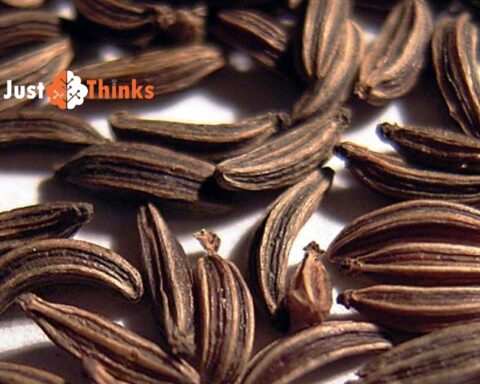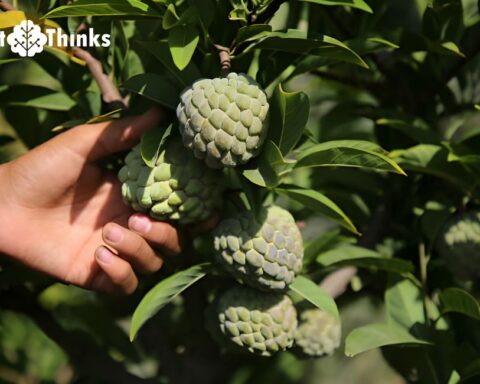Introduction
Indian cuisine is renowned for its rich and diverse culinary traditions, which vary from region to region, showcasing a vast array of flavors, ingredients, and cooking techniques. Among the many delectable dishes that grace Indian dining tables, masala dosa stands out as an iconic and beloved South Indian specialty. This article explores the origins, preparation, significance, and cultural aspects of masala dosa, shedding light on its extraordinary role in Indian food culture.
The Origin and History of Masala Dosa
To truly appreciate masala dosa, it’s important to delve into its origins and the historical context that shaped this delightful dish. Masala dosa is a product of South Indian cuisine, with its roots firmly planted in the state of Karnataka. Its history can be traced back to several centuries when South India witnessed a flourishing culinary culture.
Masala dosa comprises two essential components: the dosa and the masala. Dosa, a thin, crispy rice crepe, is said to have originated in the region that is present-day Karnataka. It is believed to have been developed by the Kannada-speaking population as a response to their desire for a unique and delectable breakfast option. Over time, this dish traveled across South India and beyond, becoming a staple in households, street food stalls, and restaurants.
The masala part of masala dosa refers to the spiced potato filling that accompanies the dosa. The addition of this flavorful potato mixture is a relatively modern development, as earlier versions of dosa were primarily thin crepes. The amalgamation of the crispy dosa and the spicy potato filling is what characterizes the masala dosa we know today.
The Anatomy of a Masala Dosa
The Dosa
The dosa is at the heart of the masala dosa, defining its structure and texture. It is made from a batter prepared by soaking rice, urad dal (black gram lentils), and fenugreek seeds. The batter is then blended into a smooth, pancake-like consistency and allowed to ferment for several hours. Fermentation not only enhances the flavor but also makes the dosa more digestible.
To prepare a dosa, a ladleful of the batter is poured onto a hot, greased griddle or dosa pan. Using a circular motion with the back of the ladle, the batter is spread into a thin crepe. The dosa is drizzled with oil and cooked until it becomes golden brown and crispy. The final result is a thin, lacy, and paper-thin crepe with a delicate crunch and a subtle tanginess, imparted by the fermentation.
The Masala Filling
The masala filling in masala dosa is a delightful contrast to the dosa’s crispness. It is primarily composed of boiled, mashed potatoes, which serve as the base. The spicing of the potato mixture is where the creativity and regional variation come into play. Common ingredients include mustard seeds, cumin seeds, chopped onions, green chilies, ginger, curry leaves, turmeric powder, and a pinch of asafoetida. The ingredients are sautéed in oil, and the mashed potatoes are added to the pan, creating a well-spiced and aromatic mixture. The filling is cooked until the flavors meld, and the result is a fragrant, lightly spiced, and satisfying potato mixture that complements the dosa perfectly.
Accompaniments
Masala dosa is often served with an array of accompaniments that enhance the dining experience. These can include:
- Coconut Chutney: A cool, creamy chutney made from grated coconut, green chilies, ginger, and other seasonings. It provides a contrast to the spiciness of the masala.
- Sambar: A tangy and slightly spicy lentil-based stew with vegetables, spices, and a hint of tamarind. It pairs wonderfully with dosa and complements the flavors of the dish.
- Tomato Chutney: A savory and tangy tomato-based chutney that adds an extra layer of flavor.
The Significance of Masala Dosa in Indian Culture
Masala dosa is more than just a delicious dish; it holds a significant place in Indian culture for several reasons:
Regional Pride
Masala dosa is a source of regional pride, particularly in South India. Each state in the region claims its own version of the dosa, from the Mysore masala dosa of Karnataka to the Chettinad dosa of Tamil Nadu. These regional variations reflect the culinary diversity and distinct flavors of South India.
Versatility
Masala dosa is an incredibly versatile dish. It can be enjoyed at any time of day, whether for breakfast, lunch, or dinner. Its adaptability extends to the various accompaniments and side dishes, allowing people to customize their masala dosa experience to suit their preferences.
Street Food Icon
Masala dosa is a beloved street food in India. Street vendors expertly prepare and serve hot dosas with flavorful fillings, attracting locals and tourists alike. The sight and aroma of dosa being prepared on a street corner are a quintessential part of the Indian urban experience.
Vegetarian Excellence
Masala dosa is a shining example of the richness and variety of vegetarian cuisine in India. It provides a fulfilling and flavorful meal without the need for meat, which aligns with the dietary choices of many Indians.
Festival and Celebration Food
In South India, masala dosa is often served on special occasions and during festivals. It is a symbol of hospitality and is prepared with care and love for guests. The act of sharing masala dosa with loved ones fosters a sense of togetherness and celebration.
The Cultural and Culinary Experience of Masala Dosa
Eating masala dosa is not just about satisfying one’s hunger; it’s a complete cultural and culinary experience. When enjoying a masala dosa, there are several aspects to consider:
Texture and Flavor
The first thing that strikes you when you bite into a masala dosa is the interplay of textures and flavors. The crispness of the dosa contrasts with the soft, spiced potatoes, while the dosa’s mild tanginess complements the rich and aromatic potato filling.
Savoring Each Bite
Eating a masala dosa is a deliberate and sensory experience. One takes the time to savor each bite, appreciating the complexity of the spices, the freshness of the chutneys, and the comforting nature of the dish.
Social Aspect
Masala dosa is often enjoyed with family and friends. The act of sharing a meal of dosa, chutney, and sambar creates a sense of togetherness, making it a social and convivial experience.
Street Food Adventure
For many, relishing a masala dosa from a street vendor adds an adventurous touch to the dining experience. The aroma wafting from the dosa cart and the skillful preparation by the vendor make it a unique culinary adventure.
Masala Dosa Beyond Borders
Masala dosa has not only captivated the hearts and palates of people within India but has also gained international recognition. It has become a staple in Indian restaurants around the world, appealing to a diverse array of diners. The dish’s appeal lies in its combination of exotic and familiar flavors, making it an accessible introduction to Indian cuisine for those who may not be well-acquainted with it.
The success of masala dosa abroad is also indicative of the global trend toward healthier eating. As a vegetarian dish with a light and fermented base, it aligns with modern dietary preferences and has been celebrated for its balance of flavor and nutrition.
Conclusion
Masala dosa is a shining example of the artistry and diversity of Indian cuisine. Its origins in South India and the evolution of its components reveal the depth of culinary innovation in the region. Masala dosa’s significance in Indian culture transcends its delectable taste; it represents regional pride, vegetarian excellence, and a celebration of togetherness.
The masala dosa experience involves savoring each bite, sharing meals with loved ones, and relishing the interplay of textures and flavors. It is a culinary treasure that continues to captivate people both in India and beyond its borders, making it an iconic and beloved dish in the world of food. Whether enjoyed as street food in the bustling markets of Chennai or as a comforting meal in a suburban kitchen, masala dosa holds a cherished place in the hearts and taste buds of those who encounter its delicious charm.






